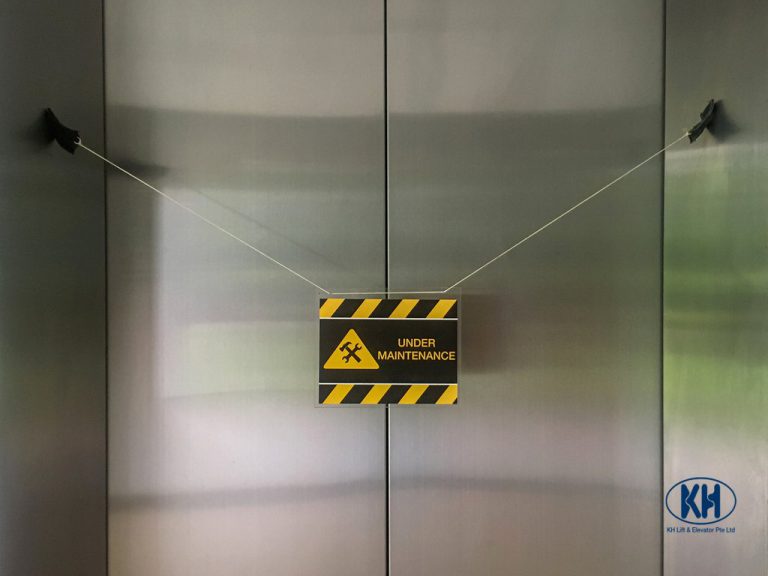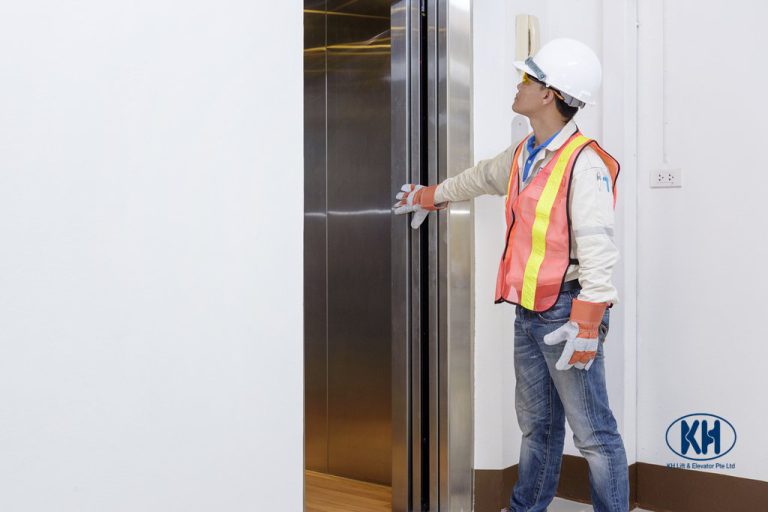Introduction
Elevators have become an indispensable aspect of modern urban life, ferrying millions of people daily to various destinations, from towering skyscrapers to bustling shopping malls. However, the smooth operation of these vertical transport systems relies heavily on regular maintenance. Neglecting elevator upkeep not only jeopardizes passenger safety but also leads to costly repairs and downtime. In this article, we delve into the significance of frequent elevator maintenance and explore the recommended frequency for ensuring safety and efficiency.
Ensuring Passenger Safety:
At KH Lift & Elevator, we understand that elevator safety is paramount, considering the significant number of passengers relying on these systems daily. Hence, we advocate for our clients to adhere to a regular maintenance schedule as it plays a pivotal role in identifying and rectifying potential safety hazards before they escalate. Components such as cables, pulleys, and electrical systems undergo wear and tear over time, increasing the risk of malfunctions or breakdowns. Routine inspections and servicing can detect early signs of deterioration, preventing accidents and ensuring the safety of passengers and technicians alike.
Moreover, adherence to maintenance schedules is essential for compliance with stringent safety regulations and standards enforced by regulatory authorities. Elevator owners and operators must prioritize safety inspections and maintenance to uphold regulatory compliance and mitigate legal liabilities.
Understanding the Different Types of Lifts
There are several types of lifts, each designed for specific purposes and environments. Here are some common types:
-
Passenger Lifts: These are the most common type, designed to transport people vertically between floors in buildings. They come in various sizes and capacities to accommodate different buildings and usage requirements.
-
Goods or Cargo Lifts: Also known as freight elevators, these lifts are specifically designed to carry goods, cargo, or heavy loads between floors in warehouses, factories, and commercial buildings. They are often larger and sturdier than passenger lifts.
-
Home Lifts: These are smaller, residential versions of passenger lifts designed for private homes. They provide accessibility and convenience for people with mobility issues or for moving goods between floors in a house.
-
Dumbwaiters: Similar to goods lifts but smaller in size, dumbwaiters are used to transport food, dishes, laundry, or other small items between floors in restaurants, hotels, and residential buildings.
-
Service Lifts: These lifts are used primarily by building staff, such as maintenance personnel, to transport equipment, tools, and supplies between floors in hotels, hospitals, and office buildings.
-
Vehicle Lifts: These lifts are used in automotive repair shops and garages to raise cars and other vehicles for maintenance, repairs, and storage. They come in various designs, including hydraulic, scissor, and four-post lifts.
-
Platform Lifts: These lifts are designed for wheelchair users and individuals with mobility impairments to access different levels of buildings. They can be installed both indoors and outdoors and often feature open platforms or enclosed cabins.
-
Hydraulic Lifts: These lifts use hydraulic power to move the elevator car between floors. They are commonly used in low to mid-rise buildings and are known for their smooth and quiet operation.
-
Traction Lifts: These lifts use ropes or belts attached to an electric motor to move the elevator car. They are suitable for tall buildings and offer higher efficiency and speed compared to hydraulic lifts.
-
Scenic Lifts: Also known as panoramic lifts or glass lifts, these lifts feature glass walls or panels, providing passengers with a scenic view as they travel between floors. They are often used in malls, hotels, and tourist attractions.
These are just a few examples, and there are many other specialized types of lifts designed for specific purposes and industries.
Recommended Frequency for Maintenance:
Determining the frequency of elevator maintenance depends on various factors, including the type of elevator, its usage patterns, environmental conditions, and regulatory requirements. However, industry standards and best practices provide guidelines for establishing comprehensive maintenance schedules. Below is the recommended lift maintenance frequency from BCA*:
Home Lift, Vertical Platform lift or Stairlift:
Manufacturers’ recommendations, or once every 3 months, whichever is more frequent.
All Other Lifts:
Manufacturers’ recommendations, or once every month, whichever is more frequent.
Special Considerations:
Certain factors may necessitate more frequent maintenance interventions. Elevators operating in high-traffic environments or extreme weather conditions may require additional servicing to mitigate accelerated wear and tear. Moreover, elevators serving sensitive or critical facilities such as hospitals and high-rise residential buildings often adhere to stricter maintenance regimes to ensure uninterrupted operation and passenger safety.
Conclusion:
Regular elevator maintenance is imperative for ensuring passenger safety, preventing costly repairs, and optimizing performance. Adhering to comprehensive maintenance schedules not only safeguards against safety hazards but also enhances the reliability and efficiency of elevator systems. Building owners and operators must prioritize proactive maintenance practices to uphold safety standards, comply with regulations, and deliver a seamless transportation experience for passengers. By investing in regular upkeep, stakeholders can mitigate risks, minimize downtime, and prolong the lifespan of elevator infrastructure, ultimately fostering a safer and more efficient built environment.
If you are unsure how often you should be maintaining or scheduling your lift for maintenance, contact us for a complimentary consultation and assessment.
*Source: https://www1.bca.gov.sg/regulatory-info/lifts-escalators/lifts-and-escalators-legislation/building-maintenance-and-strata-management-bmsm-requirements-for-lifts-escalators

Browse Our Projects
With 27 years of experience to our belt, check out our list of lift servicing projects or products below.



